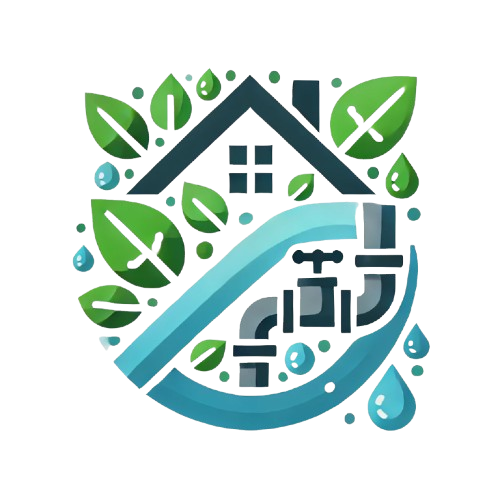Water Conservation Technologies in Building Repairs and Renovations: Regulations and Best Practices in Canada
As concerns about water scarcity and climate change grow, water conservation has become a key focus in building repairs and renovations in Canada. Implementing water-saving technologies during renovations can reduce water consumption, lower utility bills, and contribute to environmental sustainability. Furthermore, Canadian environmental regulations increasingly encourage or mandate the use of water-efficient technologies in both residential and commercial buildings. This article explores the importance of water conservation, the relevant regulations in Canada, and the best practices for incorporating water-saving technologies into building repairs and renovations.
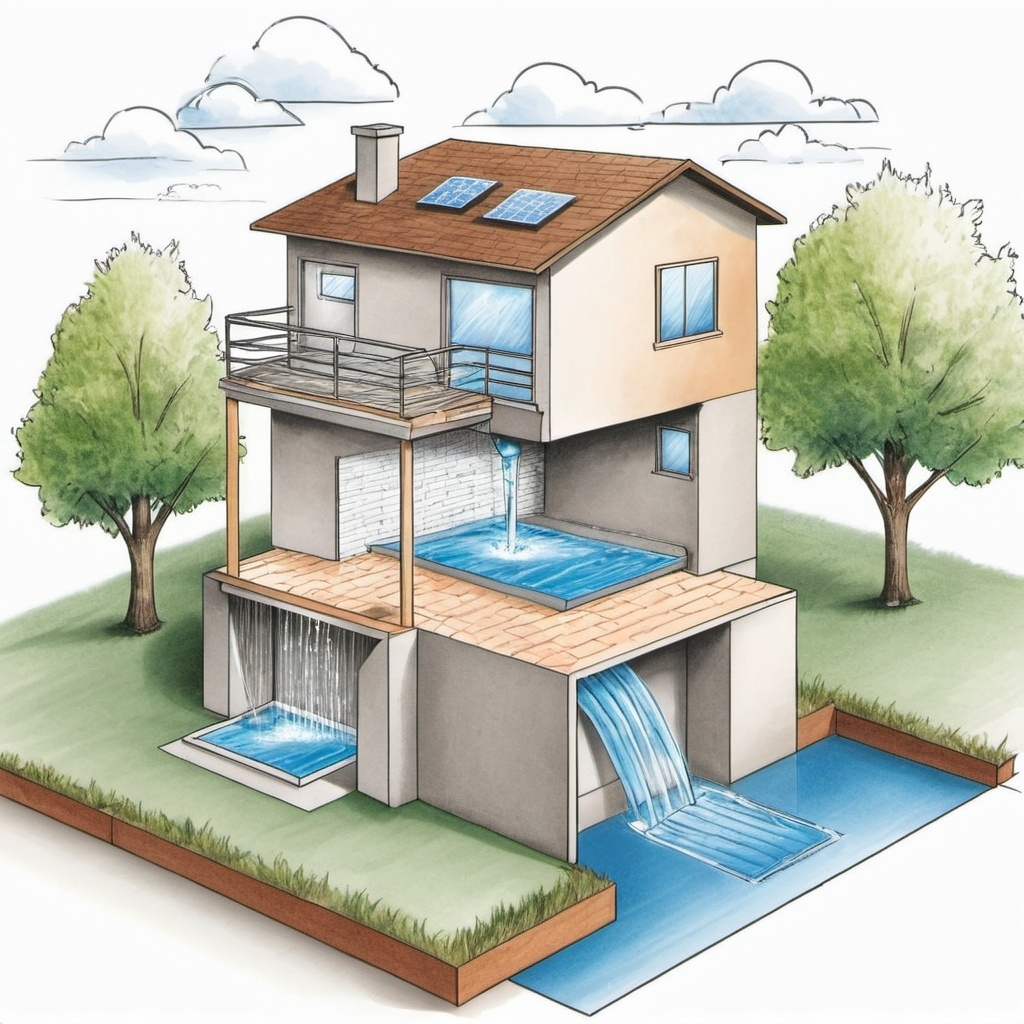
Why Water Conservation Matters
Canada is known for its abundant freshwater resources, but many regions face challenges related to water scarcity, particularly in areas experiencing rapid urbanization or changing climate patterns. Conserving water is essential not only for preserving this valuable resource but also for reducing the energy and costs associated with water treatment and distribution. By incorporating water-efficient technologies into building repairs, homeowners and businesses can significantly reduce water usage, minimize environmental impact, and comply with evolving regulations.
Key benefits of water conservation in building renovations include:
- Lower utility costs: Water-efficient fixtures and appliances can reduce water consumption, leading to savings on water bills.
- Environmental sustainability: Reducing water usage helps conserve freshwater resources, reduces strain on municipal water systems, and lowers the energy required to pump and treat water.
- Compliance with regulations: As water conservation becomes a priority in Canada, many municipalities and provinces have introduced regulations and incentives to encourage the use of water-saving technologies.
Key Water Conservation Technologies
Several water-efficient technologies are available for building repairs and renovations, allowing homeowners and businesses to reduce water consumption without compromising functionality. These technologies are designed to optimize water use in everyday activities, such as bathing, washing, and irrigation.
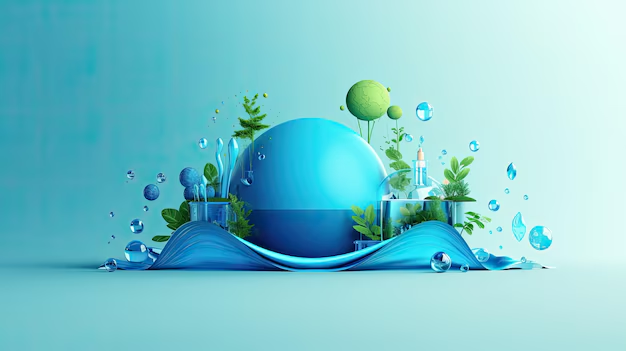
1. Low-Flow Fixtures
Low-flow fixtures, such as faucets, showerheads, and toilets, are designed to reduce water usage while maintaining adequate performance. These fixtures limit the flow of water, ensuring that less water is used for tasks like showering and flushing toilets.
- Low-flow showerheads: These devices reduce water flow from the standard 9.5 liters per minute (L/min) to as low as 5.7 L/min, without sacrificing water pressure.
- Low-flow faucets: By limiting water flow to about 5.6 L/min, low-flow faucets help reduce water consumption in kitchens and bathrooms.
- Dual-flush toilets: Dual-flush toilets provide two flushing options—one for liquid waste and one for solid waste—using significantly less water per flush compared to traditional toilets.
2. High-Efficiency Toilets (HETs)
High-efficiency toilets (HETs) use significantly less water per flush than older models, typically using no more than 4.8 liters per flush compared to the 13 liters used by older toilets. HETs are designed to efficiently clear waste while minimizing water usage.
3. Greywater Systems
Greywater systems collect and reuse wastewater from sources like sinks, showers, and laundry for non-potable uses such as toilet flushing and landscape irrigation. Greywater systems can reduce household water consumption by up to 50%, depending on the system’s configuration and the building’s water use patterns.
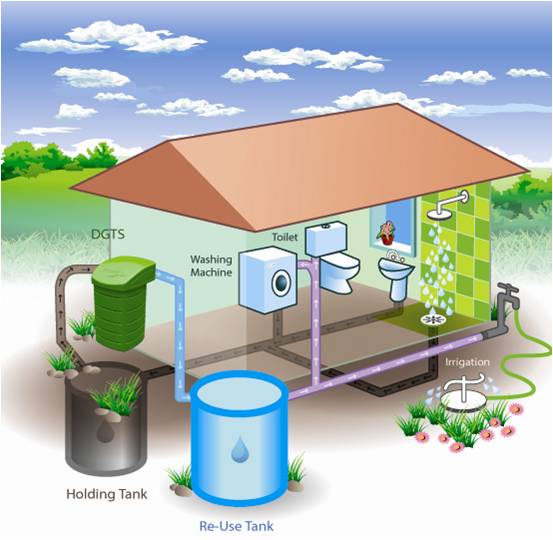
4. Rainwater Harvesting Systems
Rainwater harvesting systems collect and store rainwater from roofs for non-potable uses like garden irrigation, car washing, and even toilet flushing. These systems help reduce reliance on municipal water supplies, particularly in regions that experience seasonal rainfall. Rainwater harvesting is an eco-friendly option that can also reduce the burden on stormwater systems.
5. Smart Irrigation Systems
For outdoor water use, smart irrigation systems provide a more efficient way to water landscapes. These systems use sensors to monitor soil moisture levels and weather conditions, adjusting irrigation schedules accordingly to prevent overwatering. Smart irrigation systems can reduce water usage by up to 30% compared to traditional systems.
Water Conservation Regulations in Canada
Canada has implemented various regulations and building codes to promote water conservation and ensure that new and renovated buildings use water more efficiently. These regulations vary at the federal, provincial, and municipal levels, but all aim to reduce water consumption and encourage the adoption of water-efficient technologies.
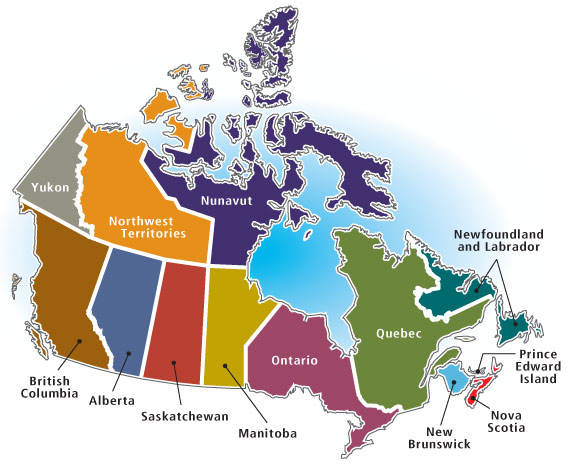
1. National Plumbing Code of Canada (NPC)
The National Plumbing Code of Canada (NPC) sets minimum standards for plumbing systems in buildings, including provisions for water efficiency. The NPC outlines requirements for the installation of water-saving fixtures, such as low-flow faucets, showerheads, and high-efficiency toilets. While the NPC provides a baseline for water conservation in plumbing, provinces and municipalities often adopt additional measures that exceed the federal standards.
2. Provincial and Territorial Water Conservation Regulations
In addition to the NPC, individual provinces and territories have their own water conservation regulations and programs. These regulations may include stricter standards for water-efficient fixtures and appliances, as well as incentives for homeowners and businesses to adopt water-saving technologies.
For example:
- British Columbia: British Columbia’s building code includes stringent water efficiency standards, particularly for residential and commercial developments. The province encourages the use of low-flow fixtures, greywater systems, and rainwater harvesting through its Water Sustainability Act and various rebate programs.
- Ontario: Ontario’s Building Code has specific requirements for water-efficient fixtures, such as low-flow toilets and faucets. Additionally, the Water Opportunities Act aims to make Ontario a leader in water efficiency by encouraging the development of new water-saving technologies and practices.
- Quebec: Quebec has implemented measures to promote water conservation through its Water Efficiency Program, which provides financial incentives for homeowners who install water-saving appliances and fixtures during renovations.
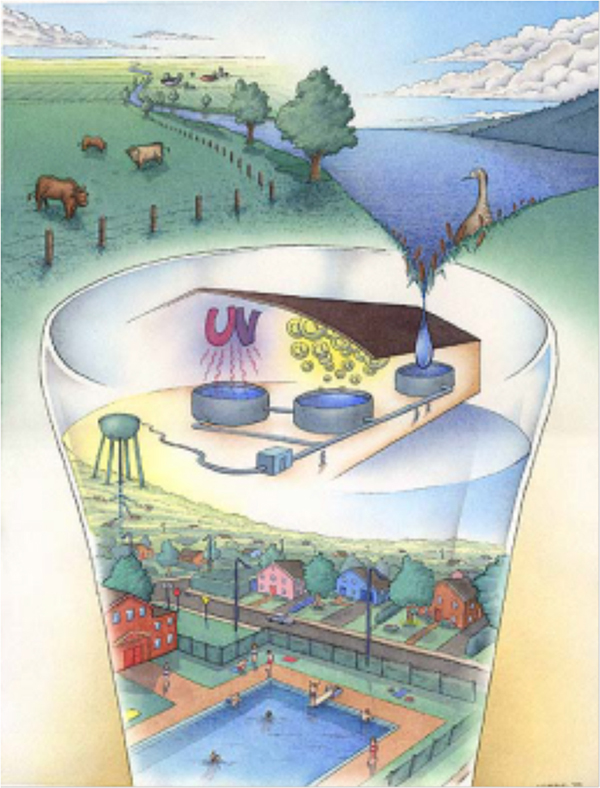
3. Municipal Water Conservation By-laws
Municipalities play a key role in regulating water use and promoting water conservation at the local level. Many cities and towns have introduced by-laws that limit water consumption, particularly during times of drought or water shortages. These by-laws often include restrictions on outdoor water use, such as limiting irrigation to certain times of the day or requiring the use of water-efficient landscaping.
For example:
- Toronto: The City of Toronto offers the Home Energy Loan Program (HELP), which provides low-interest loans to homeowners for water-efficient upgrades, including the installation of low-flow fixtures and rainwater harvesting systems.
- Vancouver: Vancouver has adopted water efficiency targets as part of its Greenest City Action Plan, which includes goals for reducing water consumption in new and existing buildings through the use of water-saving technologies and practices.
Incentives and Rebates for Water Conservation Technologies
To encourage the adoption of water-efficient technologies, Canadian governments and utilities offer a range of financial incentives and rebates. These programs can help offset the costs of installing water-saving fixtures, greywater systems, and other technologies during building repairs and renovations.
1. Federal Incentives
The Canada Greener Homes Grant provides financial assistance for energy-efficient home upgrades, including water-saving technologies. While the program primarily focuses on energy efficiency, water-efficient upgrades such as smart irrigation systems and greywater recycling may also qualify for rebates under certain conditions.
2. Provincial and Municipal Rebates
Many provinces and municipalities offer rebates for water conservation technologies, including low-flow fixtures, high-efficiency toilets, and rainwater harvesting systems. For example:
- British Columbia: BC Hydro and FortisBC offer rebates for water-efficient appliances and fixtures, including ENERGY STAR-certified dishwashers and washing machines that use less water and energy.
- Ontario: The City of Toronto offers rebates for homeowners who install rain barrels, water-efficient fixtures, and smart irrigation systems as part of its Home Energy Loan Program.
- Quebec: The Province of Quebec provides financial incentives for homeowners who upgrade to water-efficient toilets and fixtures through its Water Efficiency Program.
Best Practices for Incorporating Water Conservation Technologies in Building Repairs
Incorporating water-efficient technologies during building repairs and renovations requires careful planning to ensure that the upgrades meet regulatory requirements and deliver the maximum benefits. Here are some best practices for implementing water conservation technologies:
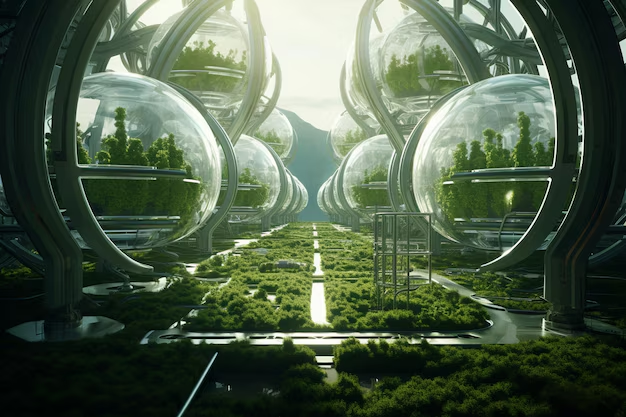
1. Conduct a Water Audit
Before starting any renovation project, it’s essential to conduct a water audit to assess current water usage and identify areas where improvements can be made. A water audit provides a detailed breakdown of water consumption in different parts of the building, allowing property owners to prioritize upgrades that will have the greatest impact.
2. Install Water-Efficient Fixtures
Replacing outdated fixtures with low-flow models is one of the most cost-effective ways to reduce water consumption during renovations. Focus on installing:
- Low-flow faucets and showerheads
- Dual-flush or high-efficiency toilets
- Water-efficient dishwashers and washing machines
3. Consider Greywater Recycling
For larger renovation projects, consider installing a greywater recycling system to reuse water from sinks, showers, and laundry for non-potable purposes. Greywater systems can significantly reduce water consumption, especially in households with high water usage.
4. Integrate Rainwater Harvesting
Rainwater harvesting systems are an excellent way to reduce reliance on municipal water supplies for outdoor uses such as irrigation. These systems are relatively simple to install and can provide substantial water savings, particularly in regions with frequent rainfall.
5. Choose Smart Irrigation Systems
For properties with landscaping, smart irrigation systems can help optimize water use by adjusting irrigation schedules based on weather conditions and soil moisture levels. These systems prevent overwatering and reduce overall water consumption.
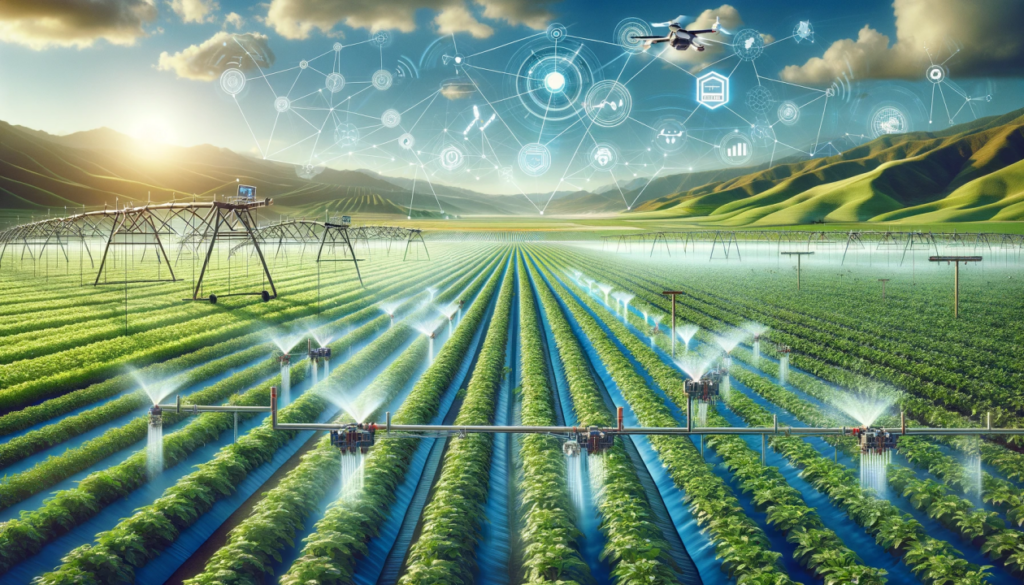
Conclusion
Water conservation technologies are becoming increasingly important in building repairs and renovations across Canada. By incorporating low-flow fixtures, greywater systems, rainwater harvesting, and smart irrigation systems, homeowners and businesses can reduce their water consumption, lower utility bills, and contribute to environmental sustainability. With the support of federal, provincial, and municipal incentives, it’s easier than ever to make water-efficient upgrades that comply with Canadian
